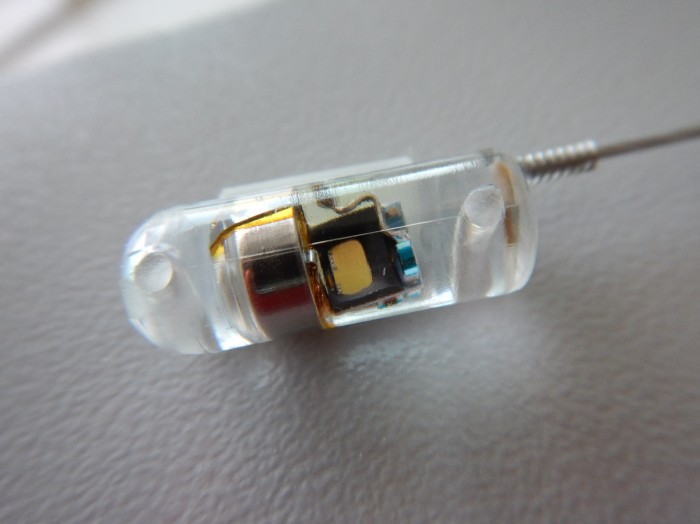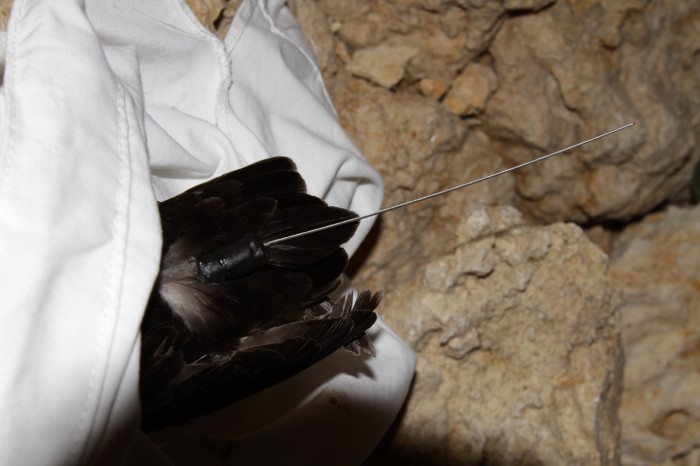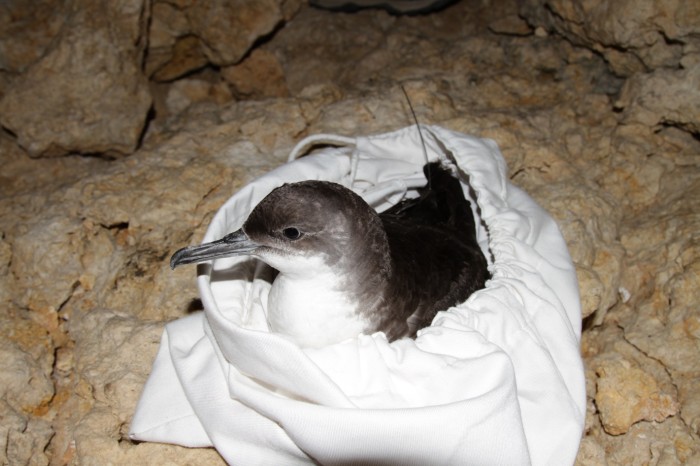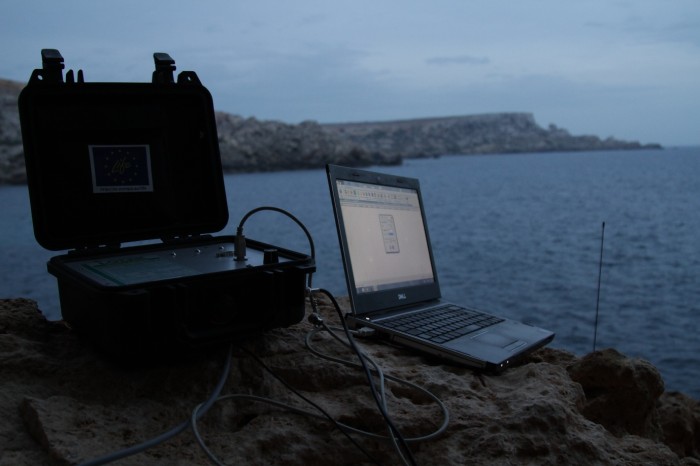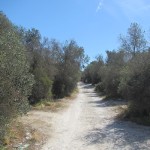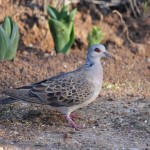Light pollution is known to negatively affect nocturnal seabirds. They are vulnerable to predation and therefore only visit their nests in the darkest periods of the night when predators can’t see them. Edward Jenkins, LIFE Arċipelagu Garnija Project Warden, explains how radio-tracking works to help measuring the impact of light pollution.
Artificial light near the colonies at night can prevent the adults from returning to feed their chicks. To fully understand the impact of artificial light on the Yelkouan Shearwater (Garnija) caused by bunkering ships, a radio-tracking project has been started at a breeding site of the birds in the northern part of Malta. By learning how often the birds return to the nest to feed their chicks, and correlating that with light pollution caused by these stationary ships, mitigation can be designed to lessen this impact.
The logistical challenges included setting up a receiver unit in the colony and deploying 30 radio tags on birds that breed in the deep cave systems. Ropes are required to access the ledges where these caves are found and before any work can be done researchers must abseil 25m with all the required gear which includes car batteries to power the receiver unit, backpacks to carry the research gear, and a laptop to download the data.
The tags weigh only 3.3 grams and are fully encased in plastic to waterproof them. An antenna protrudes from one end which communicates with the receiver unit. Designed in the USA for research on fish, these tags withstand full immersion in salt water which is essential as the shearwaters dive to catch their prey.
Only birds that were already ringed and therefore known to be breeding at the site were tagged. We also chose only healthy birds weighing over a certain weight. The tags were attached to the two central tail feathers of the birds with line and self-amalgamating tape.
The tags emit radio signals which the receiver records when they are within 1km. As the birds come and go from the colony throughout the rest of the chick-rearing period, their movements will be saved and can be downloaded when researchers visit the colony.
This data is very important for the future conservation of this vulnerable species and might reveal some previously unknown insights into their secretive lifestyle.

